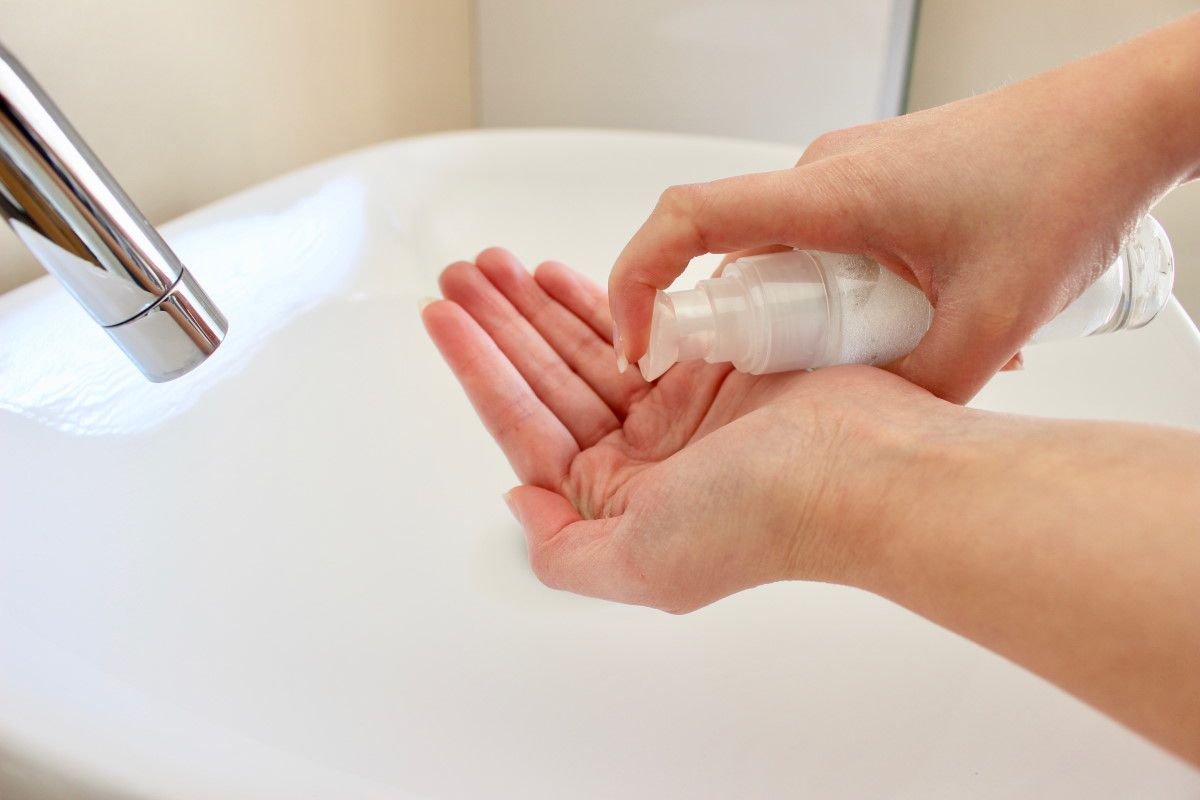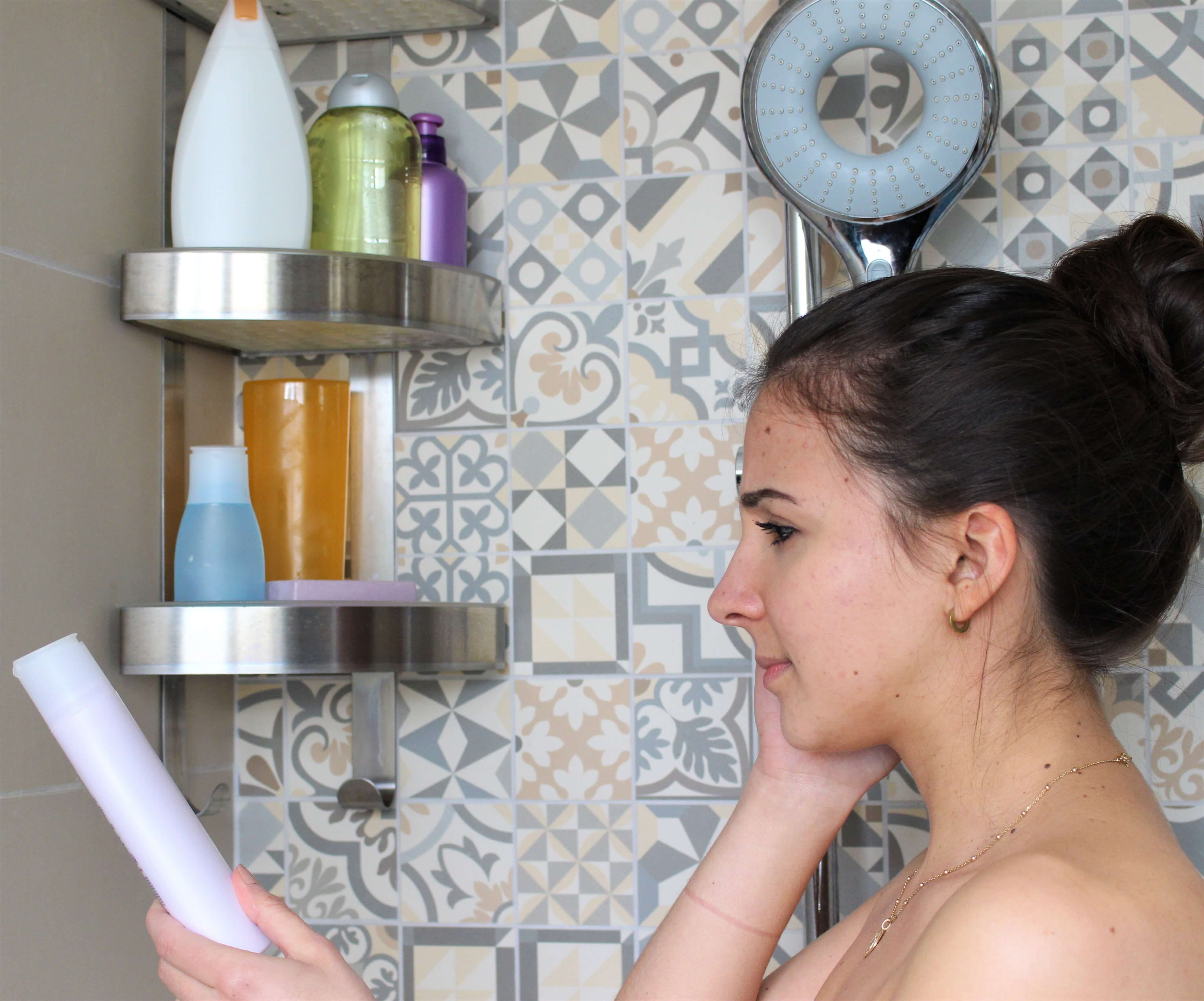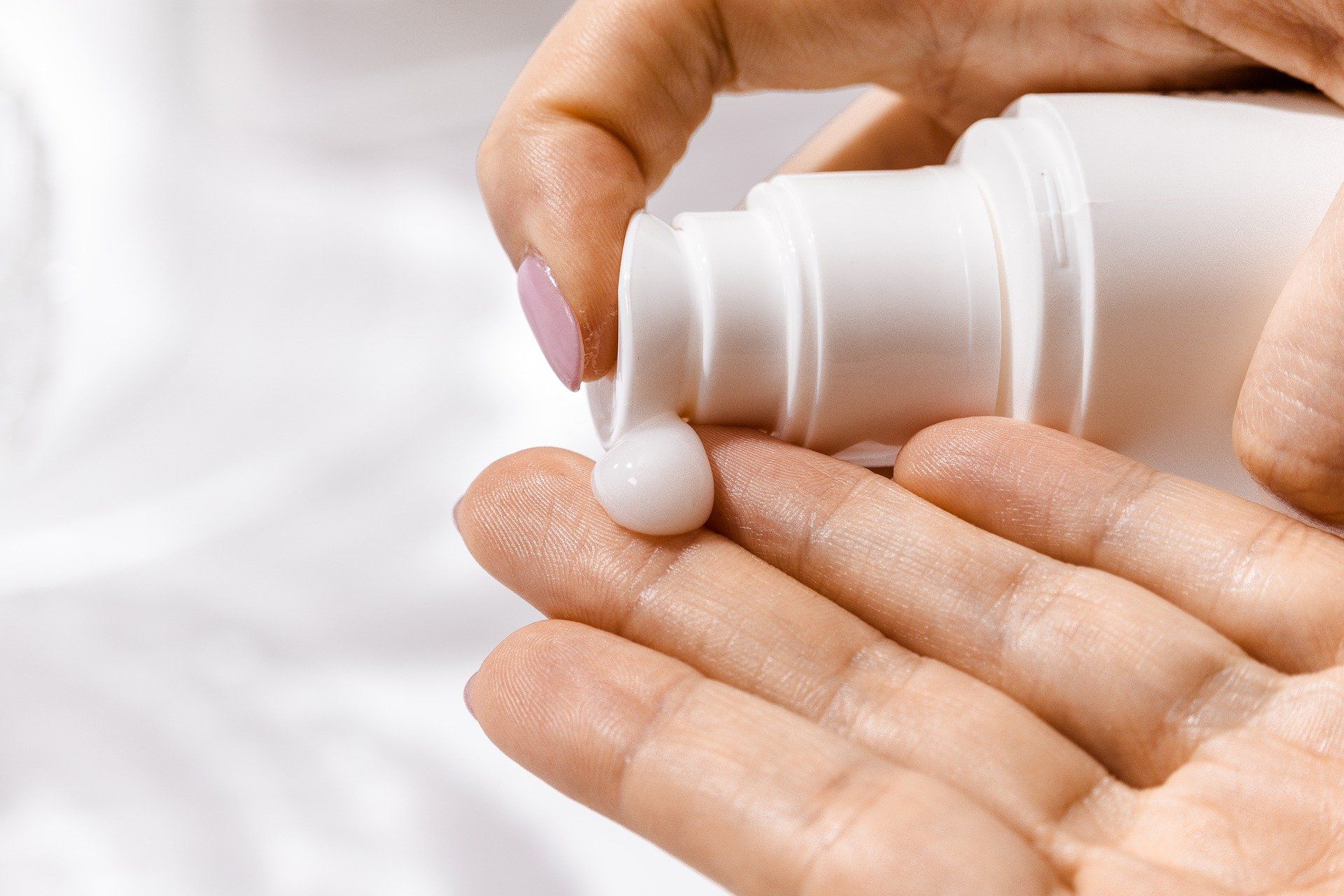The silicones .
It is a particularly controversial ingredient, which we hear a lot about. For a few years, the cosmetics industry has been trying to banish it, but it is still very much used and appreciated by its consumers.
Are they good or bad? Why are they found in almost all of our products? We tell you everything!

What are the different families of silicones?
There are five types :
The birds : the latter have several common characteristics. First, they are synthetic and therefore not allowed in organic products. They are also believed to be strong endocrine disruptors by accumulation and persistence in the environment. They know a restriction in the European countries. Their actions are to be a skin maintenance agent, a hair conditioner but also an emollient for the skin or even a solvent .
Fluids : these are also synthetic. They do not have any particular restrictions. They are not very biodegradable and their impacts on the planet both from the point of view of their manufacture and their release into nature are not insignificant. They possess the same actions as the volatiles .
Erasers : the best known is the dimethicone. Synthetic, it knows no particular restriction. It is also not very biodegradable and has the following actions: antifoaming, emollient and moisturizing agent.
Elastomers : they are also synthetic and hardly or not at all biodegradable. Like fluids and gums, they have no restrictions per se. They are known for their properties as a viscosity control agent, hair fixer and emulsion stabilizer.
Resins : synthetic, they are popular for their anti-foaming, emollient and opacifying actions.

Please at all costs
It all starts with one observation: in an ultra-competitive market, it is difficult for brands to find a place for themselves. To convince customers to test a product, you must first catch the eye: hence the efforts invested in packaging and communication and advertising visuals.
Then comes the second step which is just as crucial: the in-store test . It's time for the brand to pull out all the stops to seduce, captivate, and make people want to buy - and it all comes down to smell and texture !
Yes, because the long-term effectiveness of a cream unfortunately cannot be detected at first glance... A lot of research effort has therefore been devoted to the sensory quality of the products. And this is where silicones come in. A real miracle product, they provide everything you are looking for in a product: a smooth and silky texture for creams, good hold for make-up, a smoothing effect for the hair...

What does science say?
Silicones provide everything one is looking for in a product. From a sensory point of view yes, but absolutely not from a functional point of view! Silicones bring nothing to the skin or to the hair. They don't feed, they don't protect, they just settle on the surface. They even tend to dry out and need to be combined with other ingredients to compensate for the discomfort they can create. They give the illusion of health on the outside while suffocating from the inside.
The D5 and the D4 are the silicones that are found the most in the five types listed above. D5 is not considered an endocrine disruptor. Its use in cosmetic products is safe.
Measures have been taken by European experts to limit the release of D5 into the water. Its rapid evaporation and its degradation under the action of UV rays explain the absence of restriction of its use in leave-in products.
However, D4 is classified in the EU as toxic for production . Therefore, the impurity level of cyclotetrasiloxane (D4) as an impurity of cyclopentasiloxane (D5) should be kept as low as possible.
Restrictions on these two constituents in rinse-off personal care products have been put in place as part of the Reach regulations due to an environmental problem. Indeed, they are non-biodegradable in waters and biological tissues , resulting in toxicity for aquatic organisms.
So, good or bad?
Silicones have long been considered harmless, for lack of studies. However, they are not beneficial for our organism… But it is for their impact on the environment that they are the most criticized! Silicones are very difficult to biodegrade, and when you think of the amount of water loaded with shampoo residues etc. which goes back into the environment, we can imagine the accumulation that this can represent. Some silicones have been identified as toxic to aquatic organisms and potentially carcinogenic to humans.
For makeup that lasts all day, and for hair care that perfectly tames hair, nothing beats the effectiveness of silicones. To protect our environment from the accumulation of "microplastique"and as a precautionary principle for the impact on our health, it is better to avoid silicones in your beauty products.
How to detect them on the labels? These are usually ingredients whose names end in "-thicone" or "siloxane" . So now it's up to you to decide! Take back control, choose the ingredients that suit you!
Up to you ;)